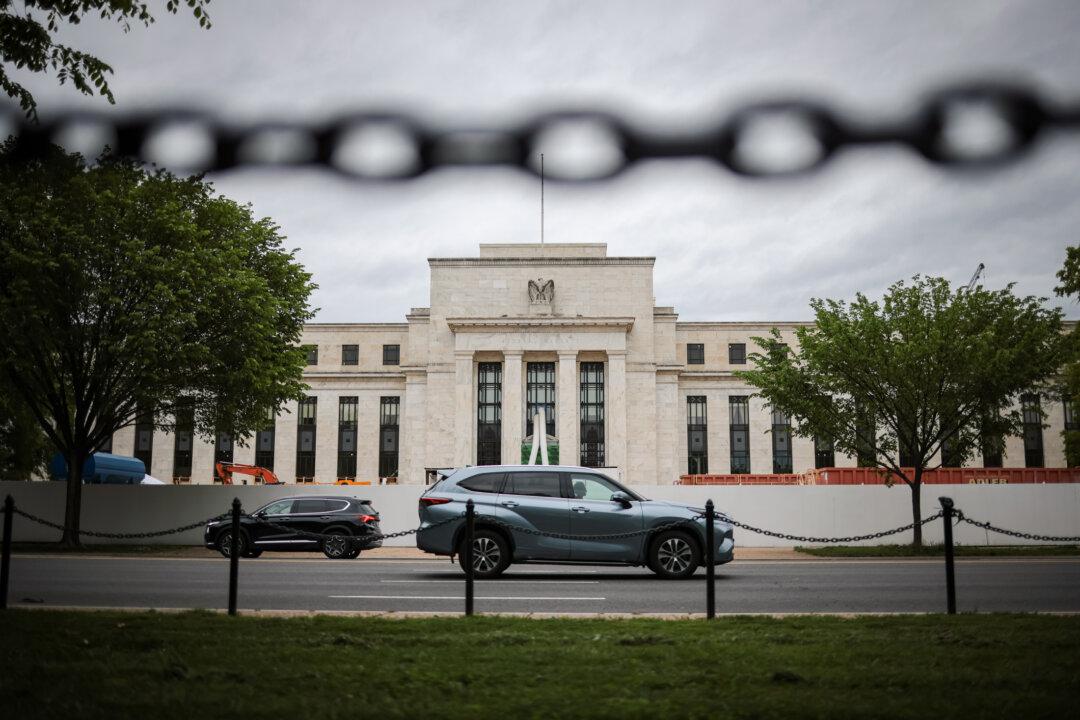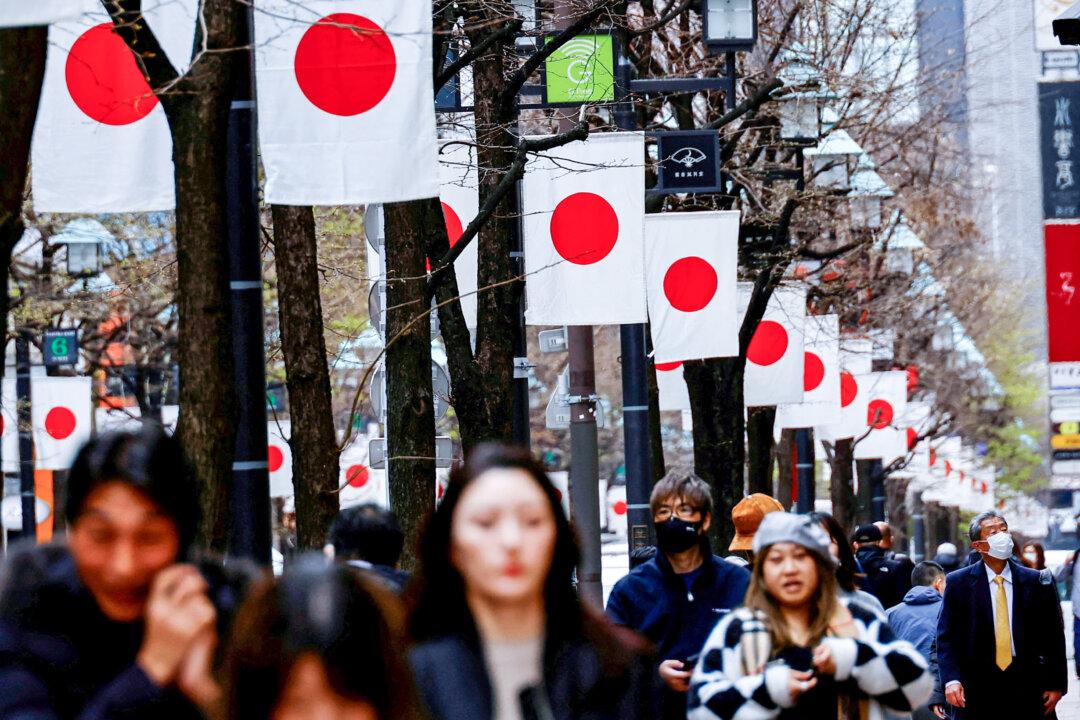Commentary
The Bank of Japan (BoJ) has adjusted the yield curve control (YCC) by allowing the cap of the 10-year sovereign bond yield to reach 1 percent instead of the previous 0.5 percent. Since both the short-term policy rate and the long-term ten-year target yield remain unchanged at -0.1 percent and 0 percent, respectively, this clearly is not a tightening action, but it does allow for higher volatility at the long end of the yield curve. Although the volatility of funding cost (ten-year yield) would theoretically retard investment, the actual effect of such a second-moment effect is less than the first-moment effect; a direct hike.





